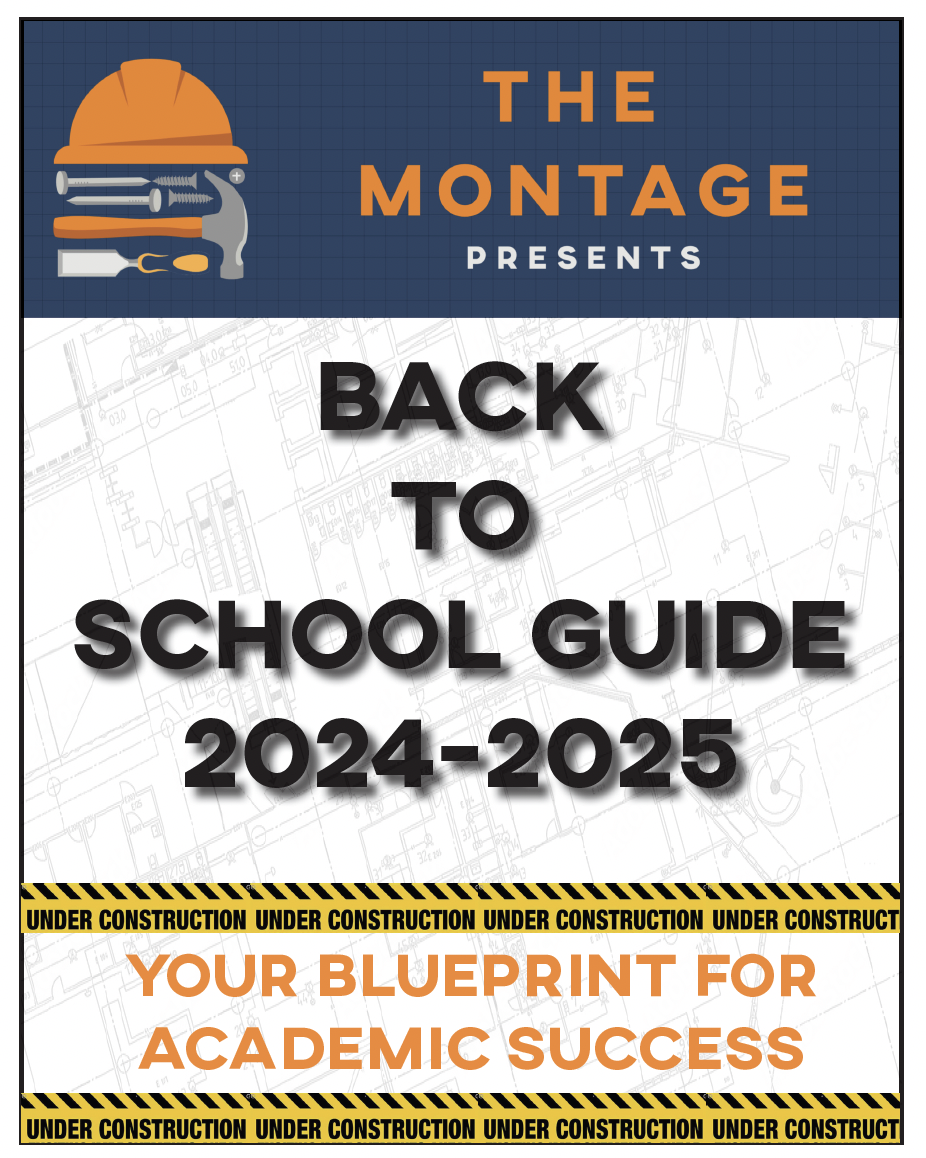STLCC-Meramec offers a variety of different classrooms from students to get their fill of education in. Each type has its own advantages and disadvantages. There are four main types of classrooms: the lab, traditional classroom, the lecture hall and the art room.

Jesse Hofford
– Opinions Editor –
STLCC-Meramec offers a variety of different classrooms from students to get their fill of education in. Each type has its own advantages and disadvantages. There are four main types of classrooms: the lab, traditional classroom, the lecture hall and the art room.
1. Labs
The labs on campus are where the scientific magic happens. These labs are designed to give the students access, by instruction of the teacher, to the supplies they need to properly engage in experimentation or research in the many science classes offered by the college.
“I prefer labs,” Wayne Dugge, a science instructor at Meramec said. “It’s much easier, because if you’re doing a lecture then you can actually incorporate the lab into the lecture, it works much better.”
Some advantages are that the student have access to the resources needed to complete the tasks given and the instructor is with the students every step of the way so students can ask for help easily.
2. Traditional
The traditional classroom is the most recognizable and it has been a student’s second home for nearly their entire educational journey. These classrooms are carbon copies of the classrooms students have sat in during their high school career. Desks are arranged in rows and typically fit 30 to 35 students. They are very plain so as to not distract the student from what is being taught. Since there is an average of about 30 students, it’s students are given the opportunity to get an appointment with the instructor to get some one-on-one help.
3. Lecture Hall
The lecture hall is a room that closely resembles a movie theater than a classroom but presents lectures instead of blockbusters. Very large and expensive, they can seat more than 100 students in a class.
“Lecture halls are so big, it’s kind of difficult to get up and interact with the students better.” Dugge said.
However not everyone feels the same about the lecture hall’s size. “It’s nice and big, you kind of have to have more courage to raise your hand and say something because you usually have more kids in the class. I don’t know it’s more fun,” Sabine Kuzio, a student at Meramec said.
Unlike the traditional classroom, the instructor is much farther away from the students in the back so there are some disadvantages to this. These disadvantages depending on the student may be that it could be hard for some to hear what is being said or see what the instructor is writing on the blackboard.
4. Art Room
The last type of classroom is where future Rembrandts and Warhols study the craft, it’s the art room. These rooms are reserved for students taking fine arts classes. These classrooms are unique because they have examples of projects by past students up on display around the halls and an art gallery located in the building.
“That is part of why we have a gallery, a famous 21st century artist once said, ‘the best art schools are the ones you have to go through the gallery to get to the classrooms,’” Patrick Shuck, Chair of the Fine Arts Department said. These can be a source of inspiration for a student struggling with his or her project but students are discouraged from copying any of the works displayed.
Like in the lab the instructor is right there to answer questions and provide extra help when needed. The instructor often demonstrates what the class will be learning first before giving the students an opportunity to try.
Students are typically required to purchase and bring their own supplies for these classes so resources may not be as accessible in these rooms.
Regardless of what classrooms students will use during their time at Meramec, it’s important to know the strengths and weaknesses. Using each classroom as effectively as they can will help them better succeed in their studies.








